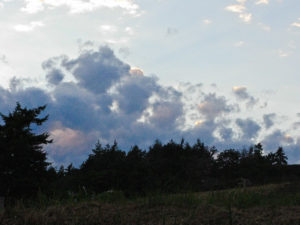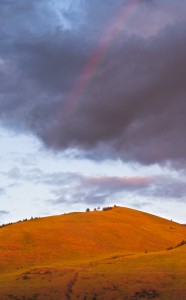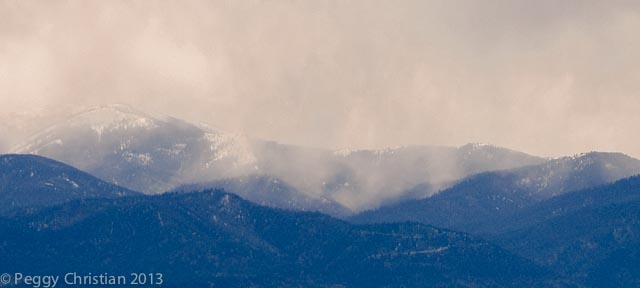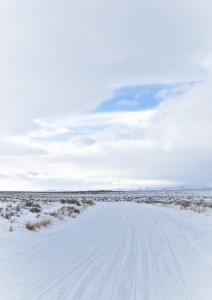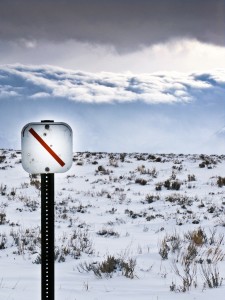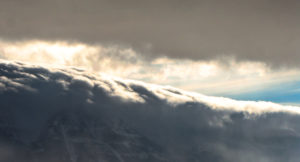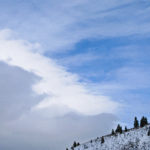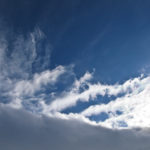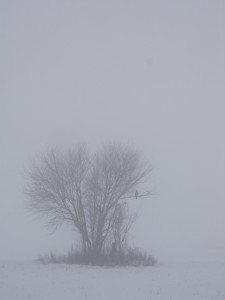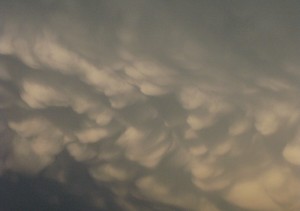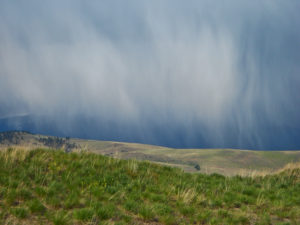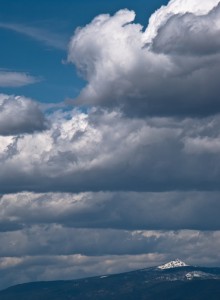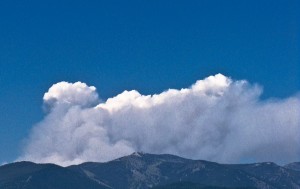 I have spoken before about the pleasures of cloud spotting. They make every adventure outdoors fill with anticipation to see what might be painted on the canvas of the sky. As Gavin Pretor-Pinney says in The Cloudspotter’s Guide, “I’ve always loved looking at clouds. Nothing in nature rivals their variety and drama; nothing matches their sublime, ephemeral beauty.” And this is nearly always true for me as well. Except when the clouds are ominous. I’m not talking about storm clouds, for I actually love all kinds of weather. But this week there was a cloud on the horizon, rising behind Point Six Mountain where the homestead lies. It is the kind of cloud we are seeing every summer now in the west, one full of dread and worry, the billowing, white topped pyrocumulous.
I have spoken before about the pleasures of cloud spotting. They make every adventure outdoors fill with anticipation to see what might be painted on the canvas of the sky. As Gavin Pretor-Pinney says in The Cloudspotter’s Guide, “I’ve always loved looking at clouds. Nothing in nature rivals their variety and drama; nothing matches their sublime, ephemeral beauty.” And this is nearly always true for me as well. Except when the clouds are ominous. I’m not talking about storm clouds, for I actually love all kinds of weather. But this week there was a cloud on the horizon, rising behind Point Six Mountain where the homestead lies. It is the kind of cloud we are seeing every summer now in the west, one full of dread and worry, the billowing, white topped pyrocumulous.
Pyrocumulous clouds form from the column of air rising from a forest fire. In order to create these clouds, the fire must be large, large enough to create strong convection currents that carry any moisture aloft, where it condenses around the particles in the smoke. Forest fires can thus sometimes create their own weather, complete with thunder and lightening.
This particular cloud was the result of a fire burning up north in the Mission Valley. It grew to a size of 1750 acres and caused the evacuations of 21 homes. Living in the west this has become our new reality. We work to thin our forests and create fire safe zones around our homes. Many of us have given a great deal of thought to what we would take in case we need to evacuate and friends of mine who live deep in the woods pack up their treasures every summer, just so they’ll be ready. It is beginning to change the way we think about what we “own,” and the price we are willing to pay to protect it. The loss of 19 firefighters near Yarnell, Arizona this summer is making us question the whole notion of protecting property as a priority for the fire fighters. Agency reports on the incident question one of the primary priorities being that of protecting property. And yet, lawsuits filed against the land management agencies when property is destroyed in a wildfire makes one ponder where the responsibility actually lies.. Add to that the spiraling costs of fighting fires that threaten all the hundreds of thousands of homes built in the urban-wildland interface in the last twenty years and you have to question who ultimately pays the price for someone’s desire to live “in nature.”
In recent discussions about these very issues I hear people changing the way they think about fire and its seeming inevitability in these times. I know that if a fire should break out up at the homestead, I would not want anyone to risk their lives or expend their resources to “save” my property. I will do the thinning required to reduce the chances of fire. I will remove the beetle- killed trees and do what I can to mitigate their damage. But ultimately I know the land is not really my property. It belongs to the mountain and to the forces of nature.

